The Indian baby Rhino starts to emancipate from her mother
hace 5 yearsThe Indian rhinoceros (Rhinoceros unicornis), which was born last September in Terra Natura Benidorm, has begun the emancipation phase of her mother, called Shiwa. Dune was born with a weight of 50 kilos that have increased to reach the surprising figure of 200 kilos, which indicates a good development, as the zookeepers have said.
Now starts the first changes in their diet. At first both use to eat between them about 30 kilos of fodder and feed and 10 kilos of fruit and vegetables a day. This dietary has been modified by adding two more kilos of fruits and vegetables to their diet
So now her diet is very similar to an adult rhinoceros and although Duna has already fully developed its immune system, from time to time she still demands breast milk from her mother which has a high nutritional content for her physical development.
In this period, also their behaviour has change with the rest of the group. The mother seems calmed and she don´t show any aggressive ways to the rest of Rhinos as the level of over protection it has reduced
As the days goes by, Duna has more self-confidence and becomes more playful; she likes to explore the environment and walk through the meadow by leaving the side of her mother from time to time for longer periods. She prefers this part of the meadow instead of the inside area equipped with heating.
During this period, veterinarians and zookeepers have been able to verify the excellent evolution and development of Duna through different veterinary reviews and the condition of eyes, ears and mouth are good. Now the team are going to try to introduce Duna to another female Rhino to see how they interact and complete the development.
Terra Natura Benidorm is a reference member within the European reproduction project (EEP) of Indian rhinoceros. According to strategic plans of the European Association of Zoos and Aquariums (EAZA), when Duna finish her development, she will be moved to another place to join other rhinos and contribute to preserve biodiversity in the planet.
At present, it is estimated that there are 3,500 Indian rhinoceros left in the wild. The species has undergone a remarkable recovery, since in 1970 there were only 600 rhinos left. It is on the Red List of threatened species and is considered a vulnerable species.

